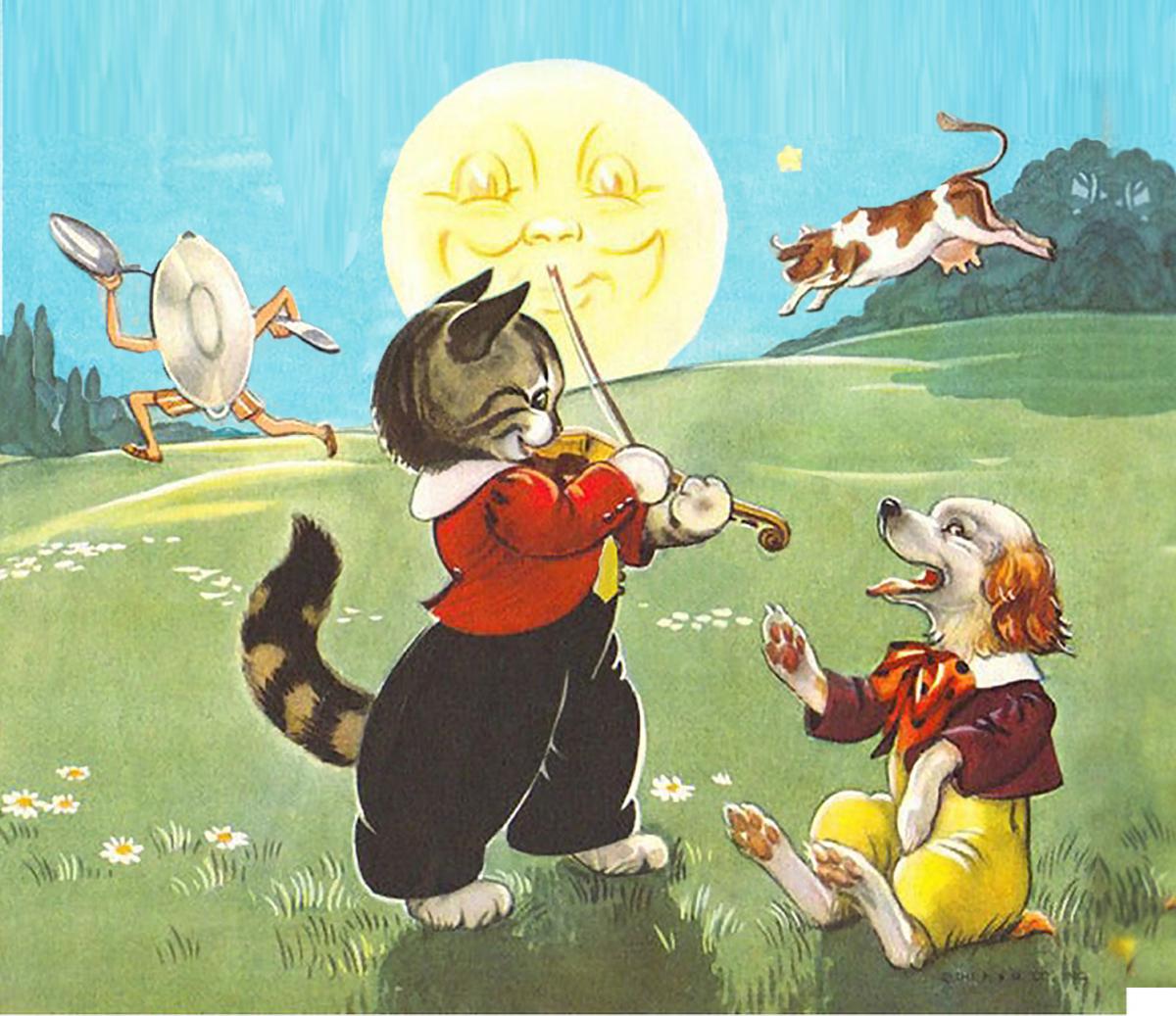The Positive Role of Nursery Rhymes in Stuttering Therapy
By Prof. Dr. Henny Bijleveld
Université Libre de Bruxelles
Teachers have intuitively known the secret for years: nursery and counting rhymes have an important place in the learning process. But what can we learn from this from a therapeutic perspective?
Nursery rhymes constitute an amazing source for language learning and speech therapy, because they represent some of the fundamental aspects of each language, and their universal presence — all languages have nursery rhymes and many languages have the same –indicates the huge universal impact on language learning for the young child.
 The fundamental aspects of nursery rhymes and counting rhymes are the rhythm and the typical phrase melody of a specific language, the repetition of rhymes, of sounds and consonants, the alternation of stressed and unstressed syllables. The “non serious” context of nursery rhymes and counting rhymes with nonsense words included is another important aspect of their specific role in learning and in therapy. They are learned for fun.
The fundamental aspects of nursery rhymes and counting rhymes are the rhythm and the typical phrase melody of a specific language, the repetition of rhymes, of sounds and consonants, the alternation of stressed and unstressed syllables. The “non serious” context of nursery rhymes and counting rhymes with nonsense words included is another important aspect of their specific role in learning and in therapy. They are learned for fun.
Jack and Jill is sung in a typical rhythm, with a stressed syllable followed by an unstressed one. This simple beat (/ -/-/-/) helps the child to easily follow the phrase and to learn in repetition new sounds in opposition with the first consonant repeated.
Humpty Dumpty, also recited in a typical rhythm, has the repetition of /a/ in /sat, had, and again/ in opposition to /a/ in /wall, fall, all/ is learned in the same way: repetition-opposition and rhyme with the same simple beat of stressed and unstressed syllable. Accent and intonation are the basis for emerging communication.
When singing the nursery rhymes or counting rhymes, the child learns to repeat the correct accent and pronunciation of familiar but different sounds in the correct phrase rhythm.
In the clinical setting of stuttering therapy and in the home environment, both rhythm and easy rhymes that receive the accent, help the child to master beginning sounds that constitute a difficulty. Moreover, and another important aspect in stuttering, the nonsense words in the rhymes alleviate the linguistic burden of the speech output and therefore help the child to experience stutter-free speech in a pleasant way, just for fun.
The nursery rhymes and counting rhymes are fun for the child and the family, making the child inclined to repeat them over and over. They can give a child the feeling that speech is easy and can help regulate the respiration, which helps the child in mastering language in a smooth, easy-going way.
What do nursery rhymes and music teach us about cerebral activity in relation to stuttering?
Music (and the positive feelings, emotions that music cause to arise) attracts attention and concentration through the neurotransmitter dopamine, which affects the hippocampus and the frontal cortex in a positive way, in order to stimulate memory.
While singing a song, music and language work together, provoking an interaction in brain activity: the words and the phonological processing appeal in most cases to the activity of the left hemisphere (Broca’s area, the left temporal and parietal lobes). The melody and the pitch are generally processed by the right hemispheric regions (right prefrontal, superior temporal lobe. In this way, the left and right hemispheres collaborate in order to produce fluent speech production. The subtle variations in tone, timing, pitch and accent are learned thanks to this collaboration of the two hemispheres.
In a study by Vannest et al. (2009, American Journal of Roentgenology, 192: 1190-1196), observing brain activity in children during passive listening to speech and non-speech sounds, “bilateral activity in auditory processing regions” was noted.
When singing, the sung intonations increase stress and duration elements and amplify normal speech contours. In this way, the melodic speech -the sung rhymes- resembles the way parents speak to their little baby. And it seems that just this way of speaking in this specific melodic rhythm creates the basis for the understanding and acquisition of language.
When phrase structure and musical structure coincide in the rhythm of stressed and unstressed syllables, learning is facilitated. And fluent speech is enhanced. This reminds us of the words of Van Riper (1987) “music serves as a carrier for communication."
From the Winter 2018 Newsletter






 Podcast
Podcast Sign Up
Sign Up Virtual Learning
Virtual Learning Online CEUs
Online CEUs Streaming Video Library
Streaming Video Library